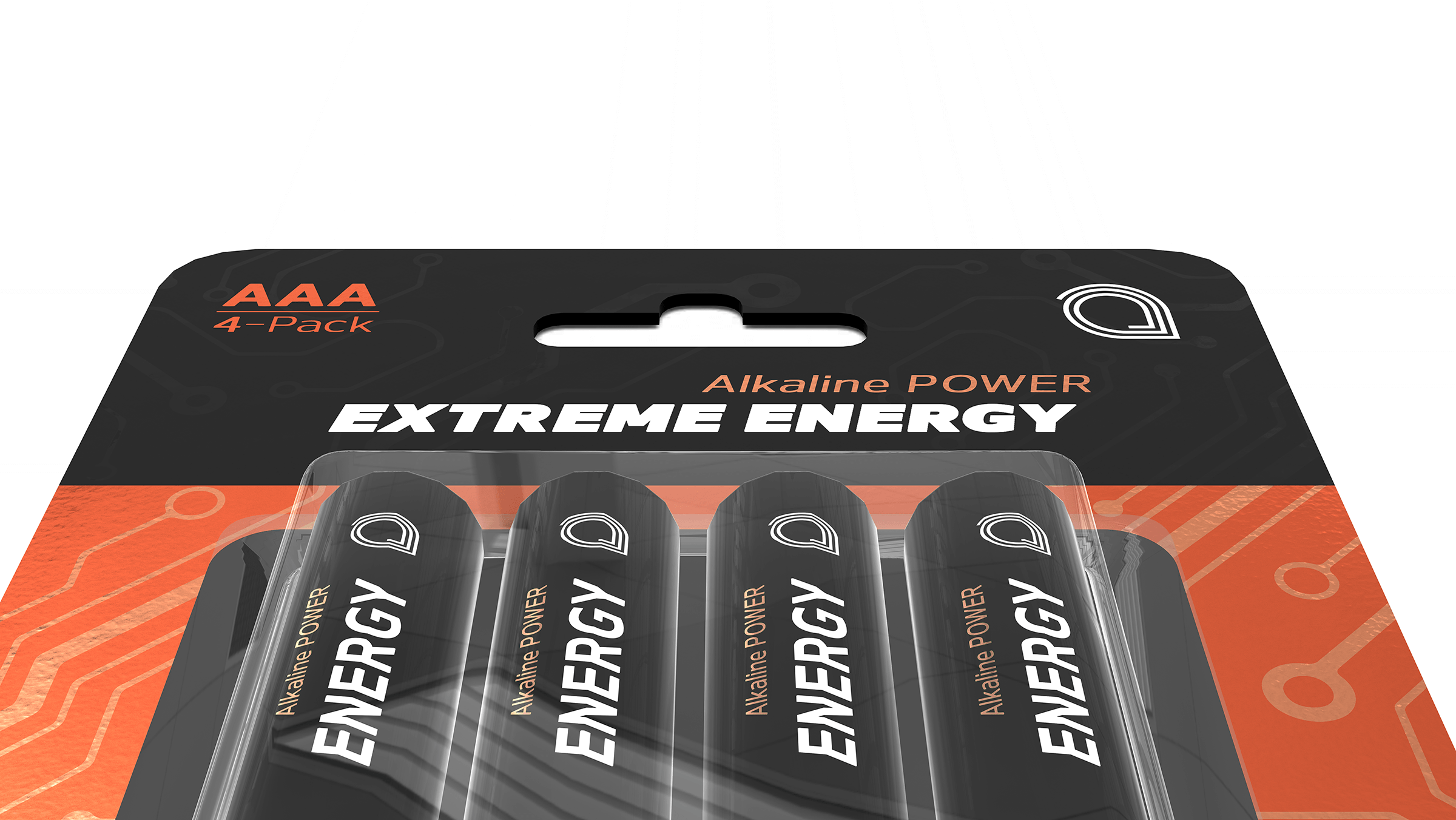Utilizing grain direction for packaging or label applications
How can utilizing grain direction present tangible advantages for packaging or label applications?
We all know that taking grain direction into consideration is important when using paper for a variety of applications, but when it gets to the characteristics of our metallized papers, why should grain direction be such a key consideration? More importantly, how can utilizing grain direction present tangible advantages for packaging or label applications?
The grain direction of paper (also commonly called the machine direction) can significantly affect the properties of paper, playing a part in the paper’s tensile strength, tear resistance and the overall characteristics of the paper. The science, at its most basic, is that the properties of paper are greatly affected by the orientation of the wood fibers because the fibers themselves are directional.
Breaking down grain direction
The individual fibers that make up papers are shaped somewhat like a cylinder or tube: long in the grain or vertical direction which is relative to a tree trunk. Other dimensions (cross direction and Z-direction) have shorter grains. When formed on a papermaking machine, the fibers tangle in all directions, but they tend to align with their long direction running more in the course of the forming wire. This is the machine direction (‘MD’).
So, what does this actually mean when we break down the properties of paper and how does this affect grain direction?
The strength and stiffness of individual fibers is affected by grain direction, meaning the tensile (breaking) strength and stiffness are higher in the grain direction.
The bonding or adhesion of the fibers to each other is also affected, and resistance to tearing is usually lower in the grain/machine direction.
Finally, the swelling and shrinking of the fibers is also affected as they absorb or lose moisture, which includes humidity in the air: the fibers swell much more in the short directions. This is important because more of the fibers in a sheet of paper run in the machine direction than at angles. As a result, and because moisture causes each fiber to swell more in width of the fiber than in fiber length, a sheet of paper can get visibly longer in the non-machine (cross) direction, even if comparatively, it doesn’t get much longer in the machine direction. The change isn’t generally noticeable in the Z-direction (thickness) although as a percentage it is still possible to see more of a change in Z-direction than in the machine direction.
Differences in paper properties (depending on the direction) can be used to present several advantages:
- If the paper will be bent or folded, do you need maximum stiffness or maximum flexibility? Grain direction can be used to maximize either characteristic.
- Does the paper need to withstand stretching or pulling force in one direction? If so, making this the machine direction can be beneficial.
- In the case a package is designed to be torn open, it can make sense to orient the paper to take advantage of reduced resistance to tearing that occurs in machine direction.
- If the paper will be subjected to significant changes in humidity, it can make sense to take advantage of lower dimensional change in the machine direction.
